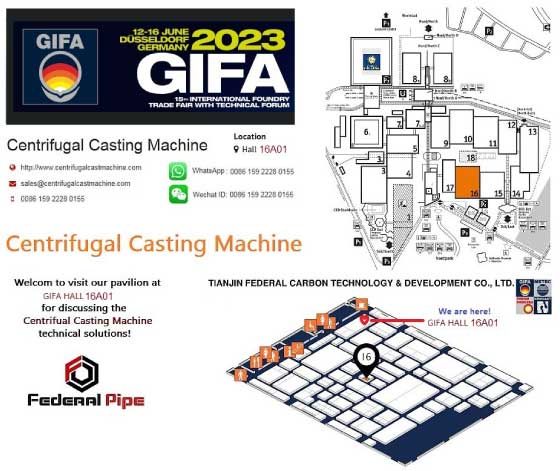2919-0026 Dental Centrifugal Casting Machine
Centrifugal casting has become increasingly effective for producing a great
number of special castings, such as tubes, rolls and graded materials [1-3]. The
filling and solidification processes of centrifugal casting are conducted under
high rotation speed of the mold, so it is hard to study the filling process
using conventional methods [4]. But it is of great important to analyze mold
filling sequences which are closely dependant on the process parameters, such as
the speed of die rotation [5]. Understanding the flow patterns can contribute to
knowing how the liquid moves in the mold, and the rotation speed can be adjusted
based on that knowledge.
Hydraulic experiments are effective methods to understand the filling
patterns. There is little literature about that aspect of work. Some of it is
focus on vertical centrifugal casting [6-8]. To better understand the mold
filling behaviour of metallic metals under a centrifugal field, hydraulic
experiments are used to investigate the mold filling sequence and flow patterns
of liquids in horizontal centrifugal casting in the present study. The effects
of rotation speed of a die on the flow patterns have been analyzed. 2.
Experimental procedure The mechanical drive for the rotating system was provided
by a variable speed electric motor. The speed of rotation can be changed in the
range 0-1500rpm.
The dimension of the mold was ¢180mm×430mm. To make the flow patterns of the
liquid easier to see the mold was made with transparent acryl glass and the
liquid was darkened. The filling style of the liquid during horizontal
centrifugal casting was recorded by a high-speed camera providing 500 pictures
per second. The schematic diagram and real experimental apparatus are shown in
Fig. 1 and Fig. 2, respectively. The liquid was poured into the mold at the same
height in order to assure the same initial velocity of liquids in the
experiments. Seven group experiments had been done. The rotation speeds of the
mold were 305 rpm, 345rpm, 390rpm, 440rpm, 495rpm, 545rpm, and 600rpm,
respectively

